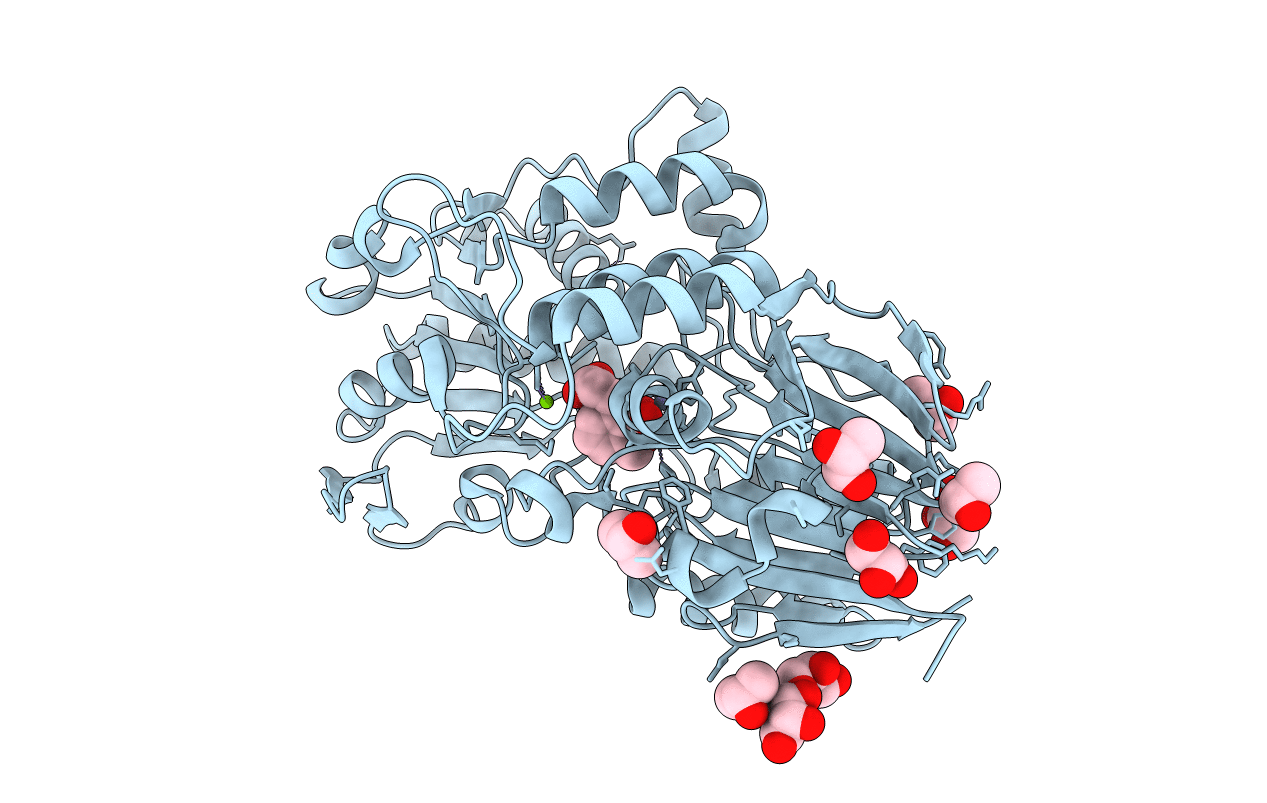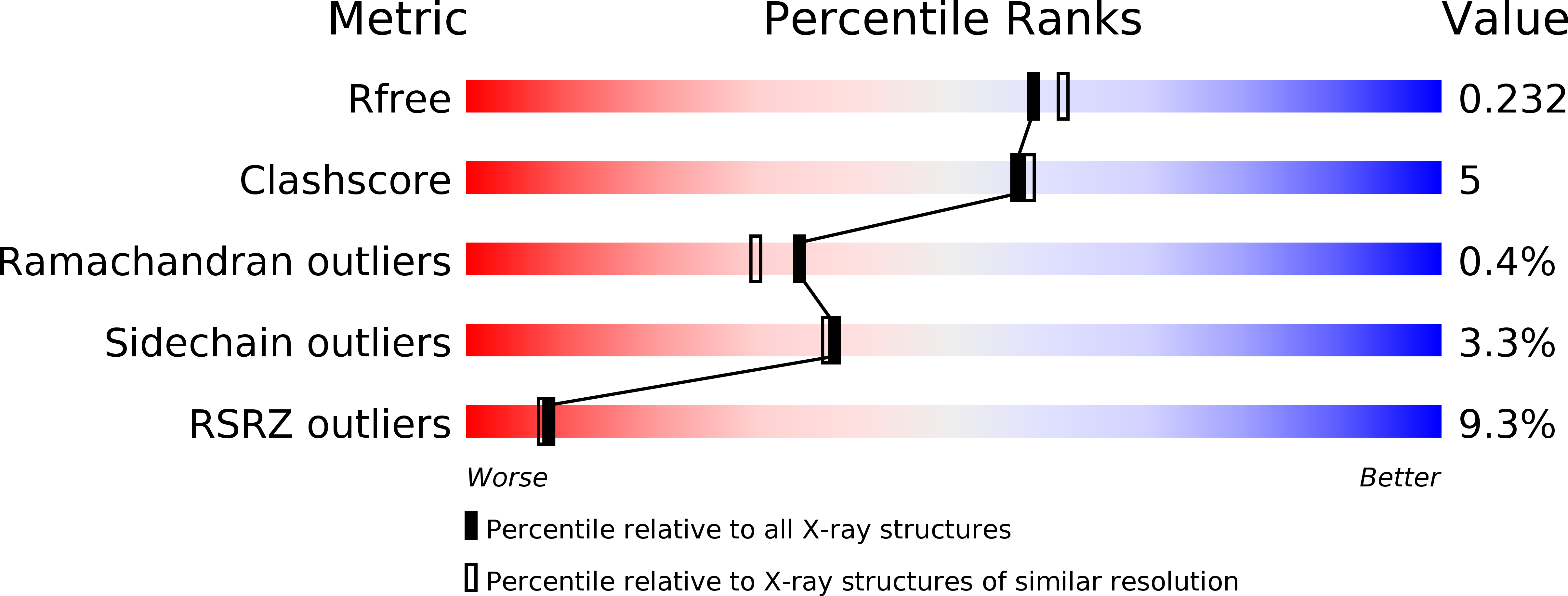
Deposition Date
2018-12-07
Release Date
2019-11-20
Last Version Date
2024-01-24
Entry Detail
PDB ID:
6Q55
Keywords:
Title:
Crystal structure of Cryptosporidium hominis CPSF3 in complex with Compound 61
Biological Source:
Source Organism:
Cryptosporidium hominis TU502 (Taxon ID: 353151)
Host Organism:
Method Details:
Experimental Method:
Resolution:
2.00 Å
R-Value Free:
0.22
R-Value Work:
0.18
R-Value Observed:
0.18
Space Group:
P 65 2 2


